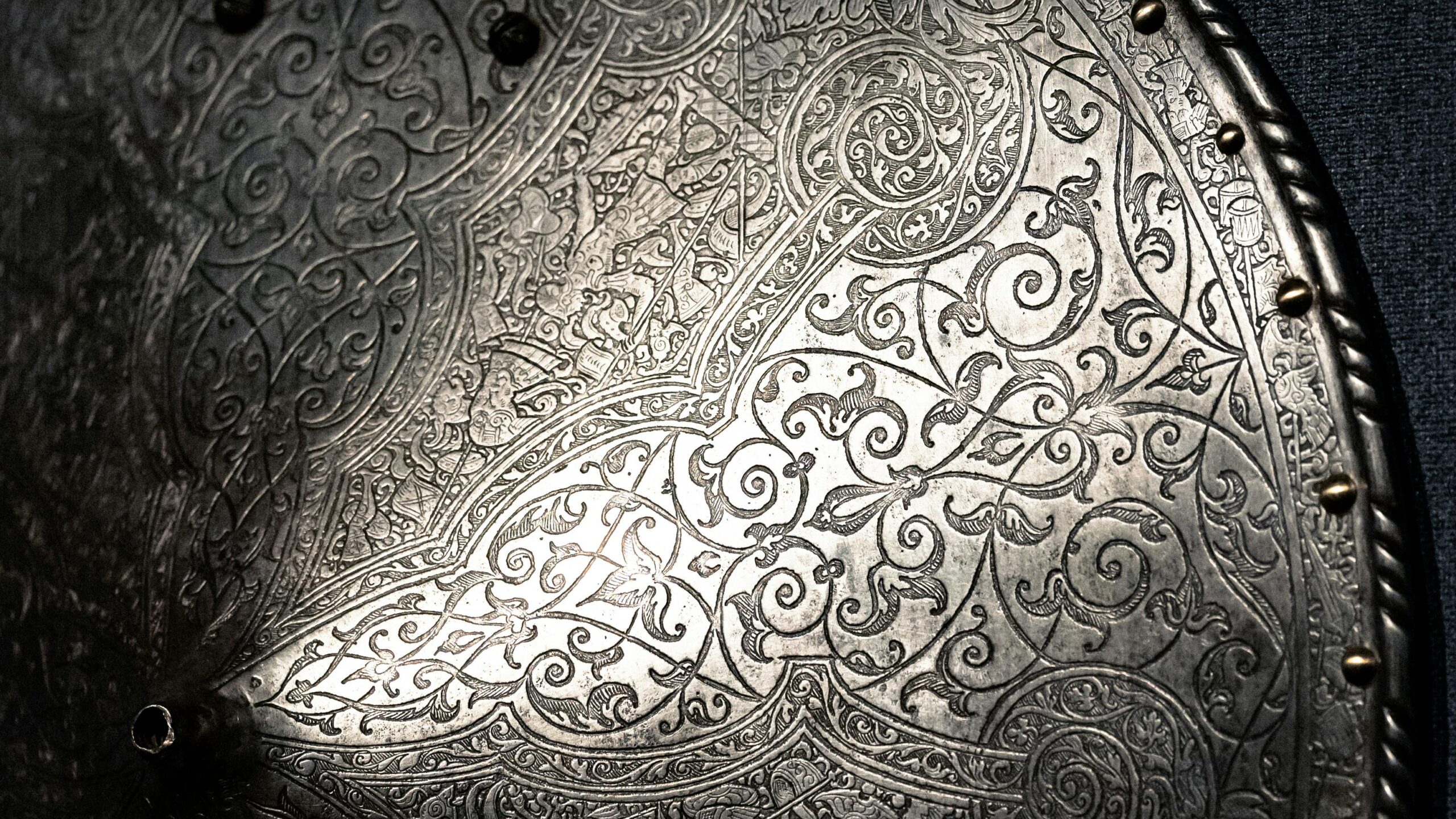
The church’s battle with Satan did not end with the writing of the book of Revelation. Satan continued to work both within the church and from without. He sowed seeds of corruption, heresy, strife, and schism in the visible church. He instigated waves of persecution against the visible church across the centuries.
Satan presided over the rise of prelacy, as the clergy sought to enlarge its powers and domains as bishops, archbishops, patriarchs, and popes. He fostered the growth of superstition regarding the sacraments, including baptismal regeneration, transubstantiation, and the substitution of the Mass in the place of the Lord’s Supper. He encouraged the introduction of pagan practices into Christian worship, such as the use of the vestments of the pagan Roman priesthood and the worship of pictures, crucifixes, statues, and relics of the saints. Satan inspired many to embrace false teaching about the Trinity, the natures and person of Christ, and the canon of Holy Scripture, not to mention false ideas about the life to come, such as purgatory and limbo. The corruption of the visible church and the rise of the false church were the work of Satan.
As the once-flourishing churches of the Middle East and North Africa became increasingly corrupt and weak, Satan launched a counterattack, inspiring the visions and sayings of a false prophet and rousing the tribes of Arabia to follow him as an army in a campaign to plant the religion of Islam across the map of the ancient world by force. The Christian church was crushed to the ground in many places. After a long period of slumber, Islam today has been roused again by Satan to spread its darkness into new lands and to foster a new reign of terror throughout the world.
Working through the civil authorities, Satan has launched waves of persecution against the church from ancient times through the Reformation, the Great Awakening, times of revivals, and all during the twentieth century, in which more Christians died for their faith than in all previous centuries combined. Noteworthy works of Satan are the rise of Hitler’s National Socialism in Germany, which targeted Jews for destruction as well as many Christians; and the long reign of terror conducted against Christianity in Russia, Eastern Europe, and China by atheistic Marxism, or International Socialism. Yet the times of severe persecution, such as Christians are again encountering in numerous countries, especially at the hands of Islamic terrorists, have been blessed times for the church. Tertullian rightly compared the church to a mowed field. “The more frequently it is cut, the more it grows,” Tertullian said. Church history confirms that the blood of the martyrs has been the seed of the church.
Past Views of Satan
Views of Satan have varied over the centuries. The ancient and medieval church often developed excessive and somewhat fanciful views of Satan and increasingly encouraged the office of exorcist. Origen, the church’s first systematic theologian, said Lucifer (Isa. 14:12–15) was the Satan who had revolted and fallen from heaven because of pride. Augustine agreed that Satan was Lucifer, but rejected Origen’s idea that Satan could be reconciled with God. Thomas Aquinas believed that Satan, who is the cause of all sin, was once the highest angel who, through pride, fell immediately after creation, seducing those who followed him to become his subjects.
Martin Luther attributed much to the devils. He believed that demons infest woods, water, swamps, and deserted places, and that they are continually plotting against our life and welfare.1Martin Luther, The Table Talk of Martin Luther, trans. and ed. William Hazlitt (London: H. G. Bohn, 1857), 247. Nevertheless, the Word, believed on and prayed over, is sufficient to withstand Satan. “The devil hates the Word of God more than any other thing,” Luther wrote.2Martin Luther, The Four Psalms of Comfort, in Luther’s Works, ed. Jaroslav Pelikan (St. Louis: Concordia, 1958), 14:247.
John Calvin refuted those “who babble of devils as nothing else than evil emotions” by pointing to texts that prove the existence of Satan and the devils. He asserted that Scripture’s teachings about Satan and his demons ought to arouse us “to take precaution against their stratagems,” especially by outfitting ourselves with faith, prayer, and all the other pieces of the armor of God that Paul expounds in Ephesians 6:10–18.3Calvin, Institutes, 1.14.13–19.
The Puritans particularly emphasized how Satan imitates the work of the Holy Spirit. Reflecting on the Great Awakening in the 1740s, Jonathan Edwards wrote, “There are many false spirits, exceeding busy with men, who often transform themselves into angels of light, and do in many [remarkable] ways, with great subtlety and power, mimic the operations of the Spirit of God.”4Jonathan Edwards, The Religious Affections (Edinburgh: Banner of Truth Trust, 2004), 69.
Excerpt from
Fighting Satan: Knowing His Weaknesses, Strategies, and Defeat
By Joel Beeke










